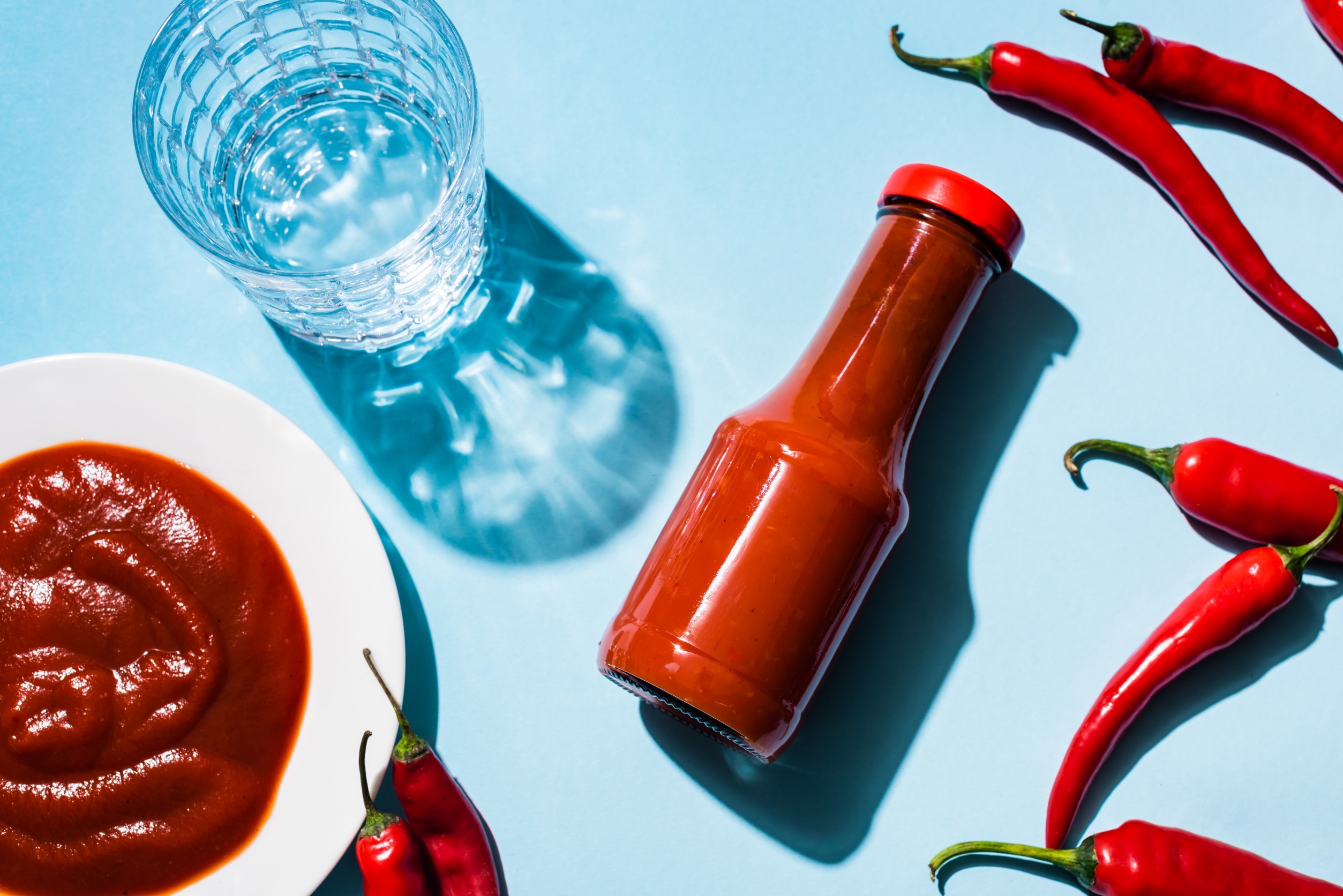
Back in medieval times, bread was one of the only secure methods for thickening sauces and gravies and in it’s own right was the basis of a solid sauce for serving with everything. Nowadays it tends to be offered with roasted poultry such as turkey, grouse, pheasant and chicken and then usually only at Christmas. Many European countries have used bread in a variety of dishes including Italy with its ribolito and France. We also have a number of desserts to thanks such as the good old fashioned pub favourite, bread and butter pudding.
Quite a number of chefs have tackled this famous sauce and they all focus on a few key ingredients besides bread. Delia Smith, Gordon Ramsay and Jamie Oliver have written at various times on a classic bread sauce. They have all employed plenty of onion usually studded with cloves and a variety of traditional spices to ensure that their bread sauce adds some pungent herbal spiciness to a festive dinner table. It is also served at the table with fruity sauce like Cumberland, Shropshire and redcurrant jelly. I think too that bread sauce can be ideal with Brussel sprouts and parsnips because fruity sauces simply do not mix well with these vegetables.
For me, the bread needs to be fairly stale – about two days old with some still holding onto their crust. That sounds naturally rustic but texture is an important feature. The cloves incidentally are rather important in adding a warming note. Gordon Ramsay likes a bit of English mustard which to my taste might just overdo the heat however I have seen chili included too so we cannot be too far off. In very olden days, I have heard of a whole garlic head being added but this must have produced a fairly pungent sauce- way beyond bread!
Serves: the whole table of 6.
Ingredients For Bread Sauce:
- 130g white bread, crust on and off but all cut into small squares. I have used brown bread too. In fact the chefs of the 1500s would have used whatever bread came to hand given that it would stale easily and was good material for any sauce. Some variants suggest breadcrumbs so the bread needs to be literally whizzed in a food processor.
- 100g white onions, roughly chopped
- 1 whole medium-sized onion studded with 6 cloves which is usually removed. I often take out the cloves and just return the onion, now cut in half to the sauce for further cooking.
- 600ml milk – as creamy as possible, certainly not semi-skimmed
- 80ml cream (single or double)
- 35g salted butter for sweating the onions but not oil ever
- a bouquet garni of sprigs of fresh thyme, 1 bay leaf and 2 crushed garlic cloves. Wrap these in a muslin bag tied with food-grade string. The alternative is to leave out the bay leaf and keep in with the sauce.
- salt and black pepper to taste
- (optional) 1-2 tsp of English mustard
- (optional) black peppercorns
Preparation:
- Gently cook the onions in the butter just until that are slightly translucent. Avoid browning the onions.
- Add the herbs, milk and the onion with its studs and cook for 25-30 minutes on a relatively gentle heat. Allow to simmer so that all the fantastic aroma permeates the milk. Avoid boiling the milk.
- The herbs are taken out and the bread and cream is now added and stirred in where it is cooked for another half-hour. Some chefs strain the liquid if a bouquet garni is not used otherwise the bag does the trick in terms of convenience.
- Add mustard or chili even if desired. Mustard is probably preferable to any other pungent ingredient.
- Leave the whole to cool. The longer it is left the greater the development of the flavour.
- More butter can be added but it should be seasoned to taste.
Just serve with roast turkey or any other meat.
Have you thought about Garlic Bread Sauce or one made with croissants? When it comes to garlic bread, just use day- old stale bread instead of white or brown bread. Croissants produce a slightly sweeter more fatty flavour but its great with roast chicken and turkey. I prefer old garlic bread in this because some of that pungency is kept and just builds on flavour especially when rounded off with lovage and thyme.


Leave a Reply